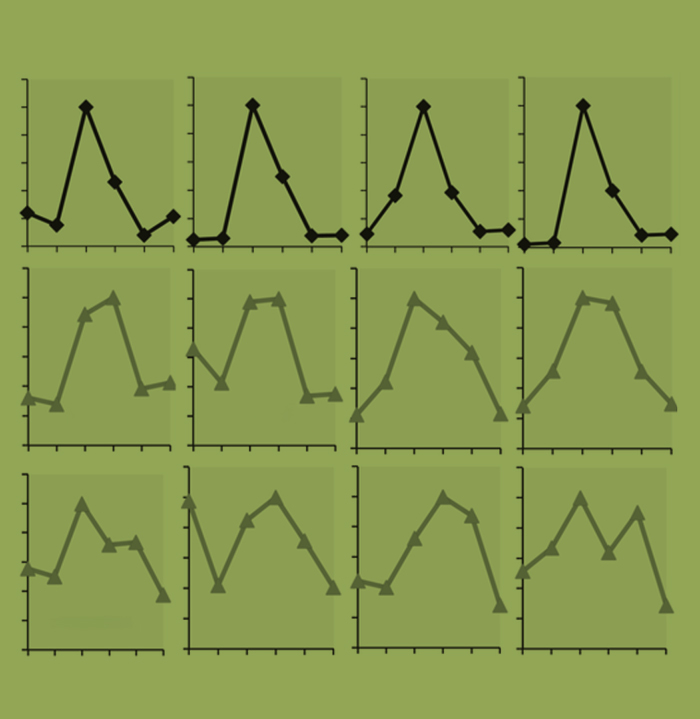New publication in Scientific Reports for de Bruin Lab
Specific proteins, called histones, are involved in packaging DNA in the cell nucleus, thus affecting the accessibility of genes to be transcribed. Modifications to histones are thought to play a central role in regulating transcription and have been suggested to have an important role in controlling cell cycle regulated transcription. New work by the de Bruin lab, published in Scientific Reports, shows that in yeast, a model for Eukaryotic cells, histone acetylation plays a very limited role.
Abstract from the article:
Activation of cell cycle regulated transcription during the G1-to-S transition initiates S phase entry and cell cycle commitment. The molecular mechanisms involving G1/S transcriptional regulation are well established and have been shown to be evolutionary conserved from yeast to humans. Previous work has suggested that changes to the chromatin state, specifically through histone acetylation, has an important role in the regulation of G1/S transcription in both yeast and human cells. Here we investigate the role of histone acetylation in G1/S transcriptional regulation in the budding yeast Saccharomyces cerevisiae. Our work shows that histone acetylation at specific sites at G1/S target gene promoters peaks at the G1-to-S transition, coinciding with their peak transcription levels. Acetylation at G1/S target promoters is significantly reduced upon deletion of the previously implicated histone acetyltransferase Gcn5, but G1/S cell cycle regulated transcription is largely unaffected. The histone deacetylase Rpd3, suggested to have a role in Whi5-dependent repression, is required for full repression of G1/S target genes in the G1 and S phases. However, in the context of transcriptionally active levels during the G1-to-S transition, this seems to play a minor role in the regulation of cell cycle transcription. Our data suggests that histone acetylation might modulate the amplitude of G1/S cell cycle regulated transcription in Saccharomyces cerevisiae, but has a limited role in its overall regulation.
 Close
Close


